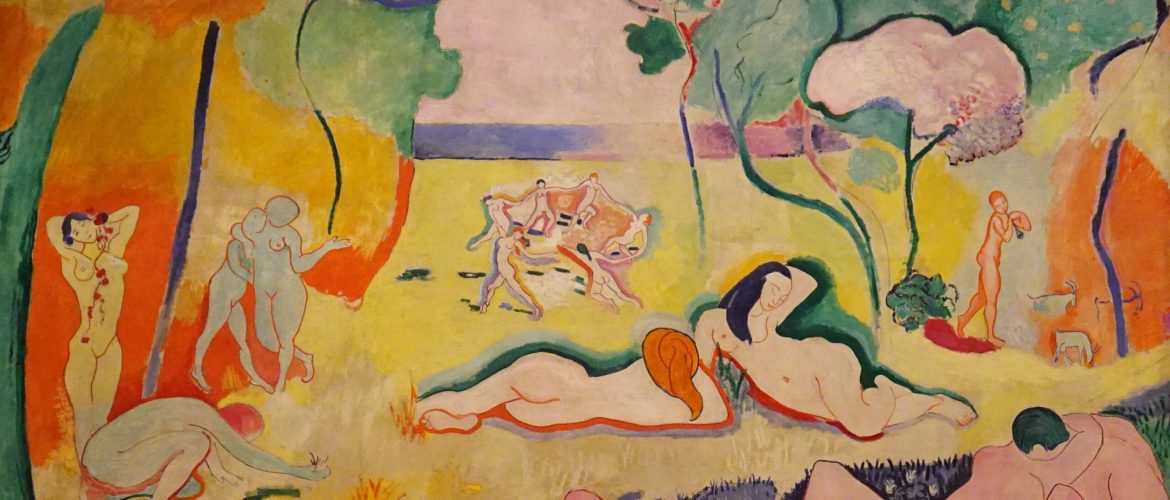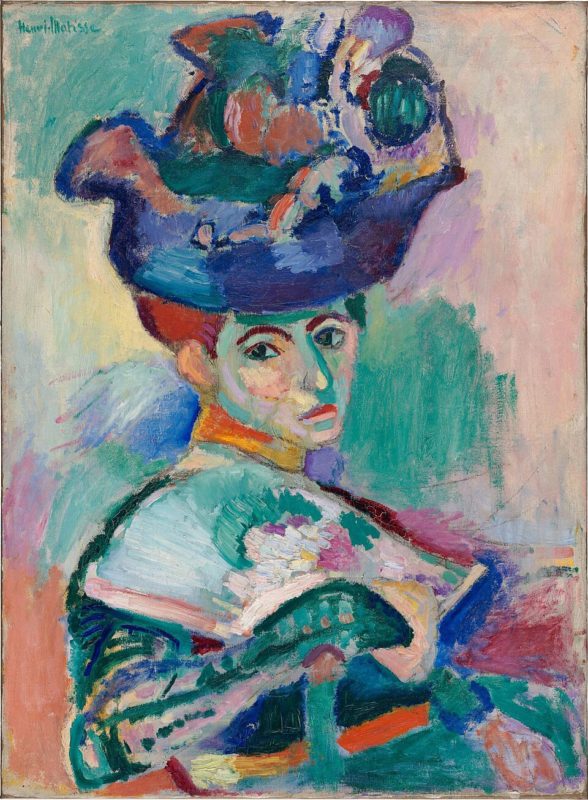Henri Matisse, a Pioneer of the 20th-Century Color Revolution

Henri Matisse went down in history of modern art as a bold experimenter with color. His palette choices were intended for an emotional appeal rather than a realistic portrayal of objects and people, so many found his approach to color shocking at the turn of the 20th century. Here is a closer glance at the color revolution of Matisse.
The Role of Color in the Early 20th Century
Matisse made his first steps in art at the beginning of the 20th century, when the European art tradition was heavily influenced by naturalistic visual methods of the Renaissance and Impressionism. Colors were expected to reflect reality, so the sky in the paintings of those times was blue, the grass was green, and the clouds were white.
Matisse took a different approach to the use of color in painting. He viewed color choices from an emotional rather than descriptive angle. This led to him using non-representational hues that puzzled the public and critics, causing shock in the art community.
Joy of Life: The First Fauvist Painting by Henri Matisse
Joy of Life (1905-1906) and Woman with a Hat (1905) were two landmark paintings that laid the foundation for a new art movement that celebrated the emotional and expressive power of art. Matisse became a pioneer of Fauvism by offering innovative uses of color to reshape modern art and bring energy and complexity onto the canvas.
Woman with a Hat, for example, which depicts a portrait of Matisse’s wife, was painted in patch-like brushstrokes. The color palette includes green, yellow, and red – colors that have no association with the natural skin color. Joy of Life is another groundbreaking large-scale canvas with exuberant, unnatural colors – pink trees, yellow skies, and green shadows.
Matisse’s Emotional Method of Color Choices
Though the color choice may seem chaotic at first glance, experts note the deep structure of Henri Matisse’s paintings, which adds rhythm and evokes a sense of freedom in the audience. The revolutionary contribution of Joy of Life is particularly undeniable, as the painting denies the traditional perspective and shading. It is true that Henri Matisse didn’t try to mimic the light and depth of natural objects in his works; instead, he aimed to create a unique emotional atmosphere by relying on color as the primary means of emotional expression. This brand-new approach to color would later inspire many artists, making Matisse a leader of Fauvism and a guide for many abstract expressionists.

